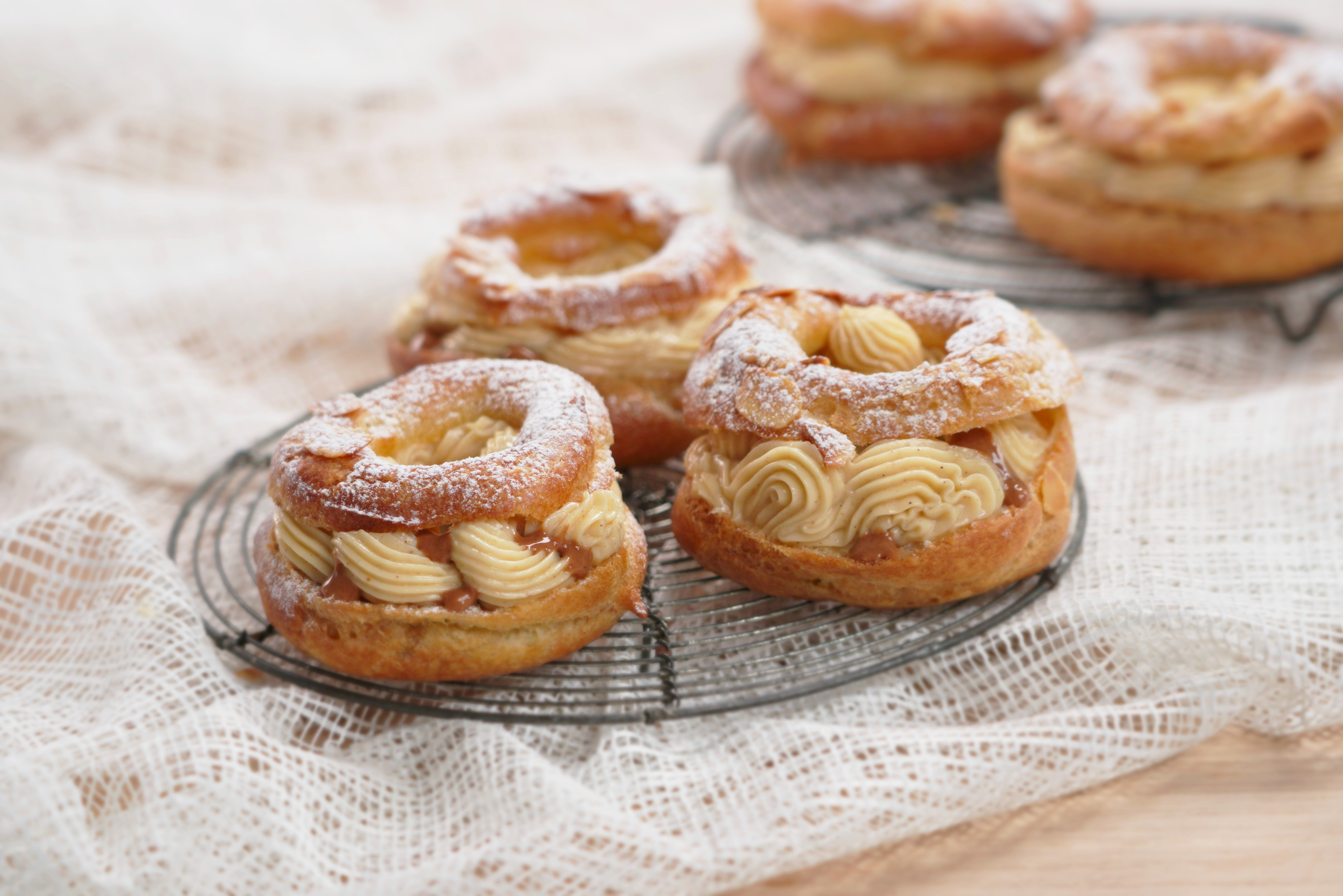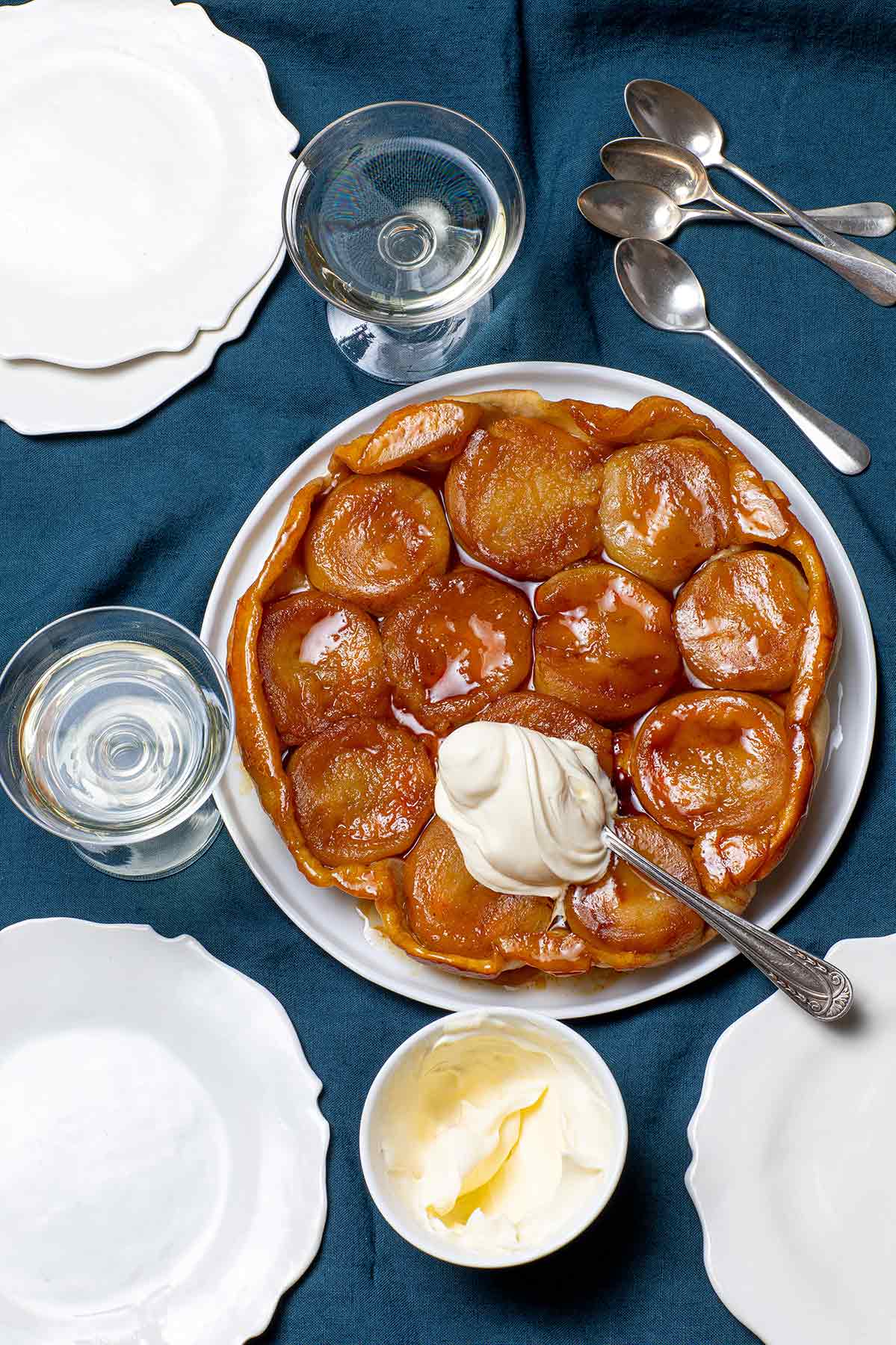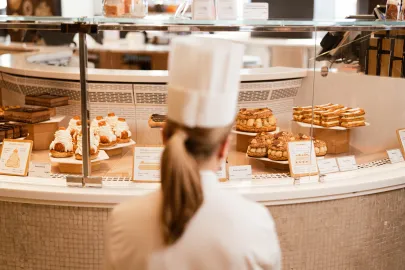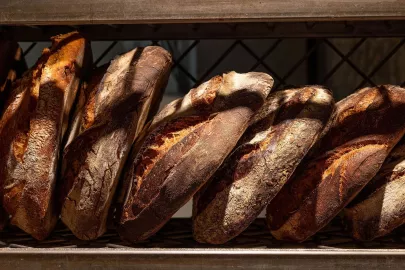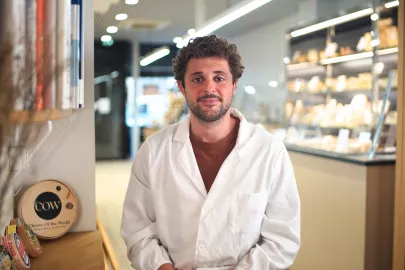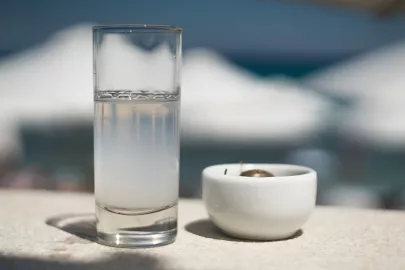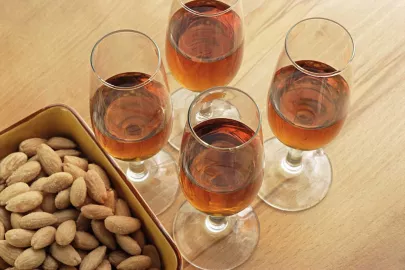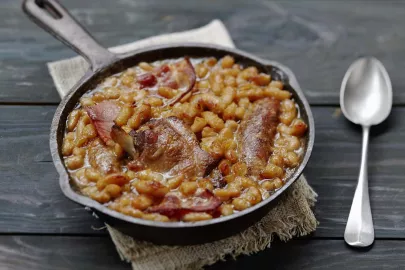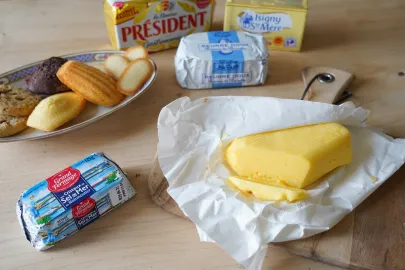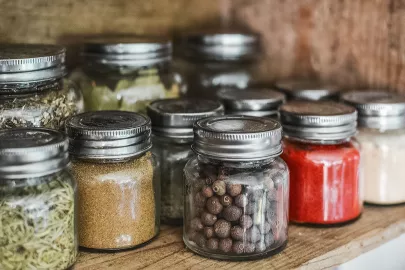French pâtisserie is the embodiment of exceptional craftsmanship, and the result of heritage passed down through generations of highly skilled bakers. For decades, French pastry has stood apart for its artistic precision, rich textures and elegant flavours. At La Grande Épicerie de Paris, head pastry chef Charlotte Toubeau unveils the secrets of her craft.
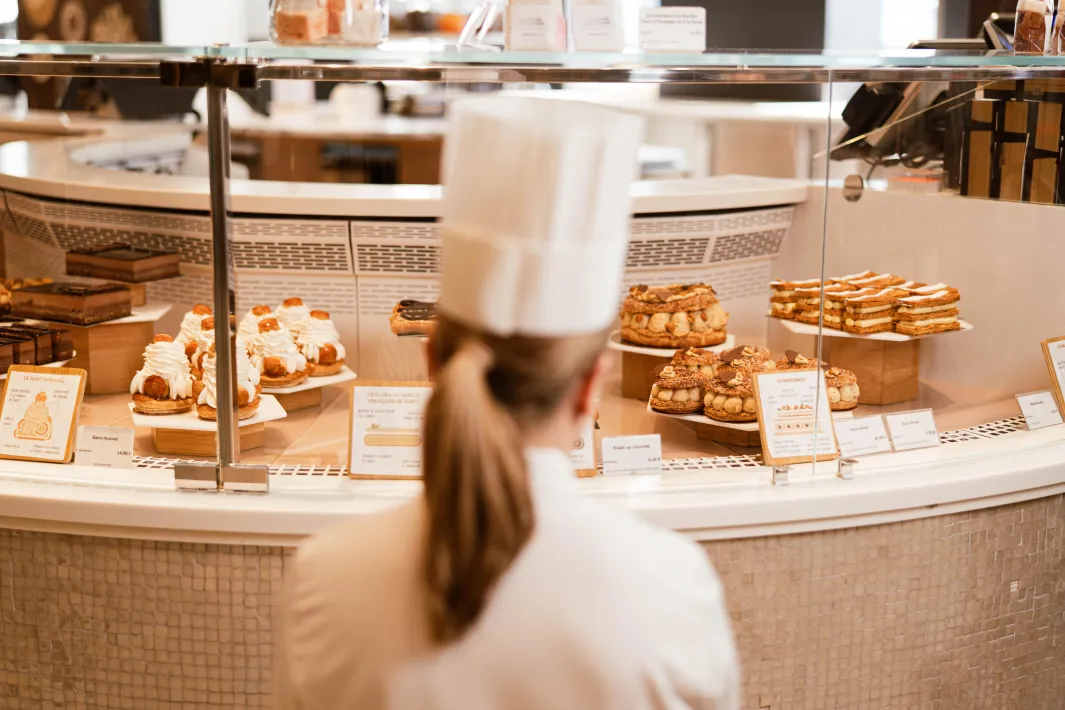
French pastry’s ability to fascinate, intrigue and inspire extends far beyond the borders of France itself. Today, while it is imitated all over the world, its culinary excellence remains undefeated. This excellence stems from a unique combination of expertise, precision and exceptional raw materials.
“French pastry is both a symbol and a culinary institution; admired, envied and copied around the world,” stresses Charlotte Toubeau. For the head pastry chef at La Grande Épicerie de Paris, what fundamentally sets French dessert traditions apart is “the highly precise and meticulous craftsmanship”, but also “ingredients of unmatched quality” rooted within a rich, ancient and vibrant culinary culture.
Among the foundations and pillars of this excellence are the raw materials involved, as their quality is the basis for everything that follows. "PDO butter, crème fraîche, whole milk from grass-fed cows, local varieties of flour...these various products are not just ingredients, but rather the aromatic foundation of an entire confectionery heritage,” explains Charlotte Toubeau. In her view, butter and cream play a central role: they set the flavours, bring indulgence and finesse, and contribute to the smooth, velvety texture of French desserts.

Butter, butter everywhere
It’s no coincidence that France, with its exceptional dairy-farming regions, stands apart as an epicentre for fine pastry. “Charentes-Poitou butter, Isigny cream and milk from the Alps are all culinary treasures that allow pastry chefs to fully express their talent,” explains Toubeau. “Using these ingredients as standard and with absolute precision guarantees a remarkable depth of flavour, and gives French pastry its unique culinary signature.”
Of course, you can’t talk about French pastry without lingering on one iconic ingredient: butter. Its omnipresence is no accident: “You can’t make truly great pastry without quality fats,” stresses Toubeau. In fact, in addition to its flavour, butter plays an irreplaceable technical role: “It offers a unique texture, adds flavour and is essential to the success of a puff, shortcrust or shortbread pastry. The croissant, a masterpiece of the genre, is the most telling example: “It allows us to crate those thin, flaky layers that make all the difference. Even with all the skill in the world, this would be simply impossible to achieve with a lower-quality butter. ”
From pastry to pastries
But the soul of French pâtisserie also shines in its diversity, which reflects the variety of regional influences. Each area of France has a signature pastry, shaped by its climate, traditions and resources. “Local climates and food cultures are a major influence on French pâtisserie”, explains the chef. “In the North, butter reigns supreme, with specialities including the kouign-amann in Brittany or the tarte au sucre. Conversely, pastries in the South tend to have a lower butter content, with a greater focus on olive oil and fruit. She adds: “The warm climate in these regions also tends to favour lighter recipes, such as the tarte tropézienne or navette biscuits from Provence.”
Given this diversity, it’s hard to choose between the stand-out figures of the modern pastry scene. Still, Charlotte Toubeau rattles off an impressive list: “Pierre Hermé, Claire Heitzler, Pierre Marcolini, Jessica Préalpato, Philippe Conticini, Maxime Frédéric, Nina Métayer, Léandre Vivier, Christophe Michalak, Christelle Brua and also Cyril Lignac.” All of these names continue to demonstrate French pastry’s ability to constantly reinvent itself.
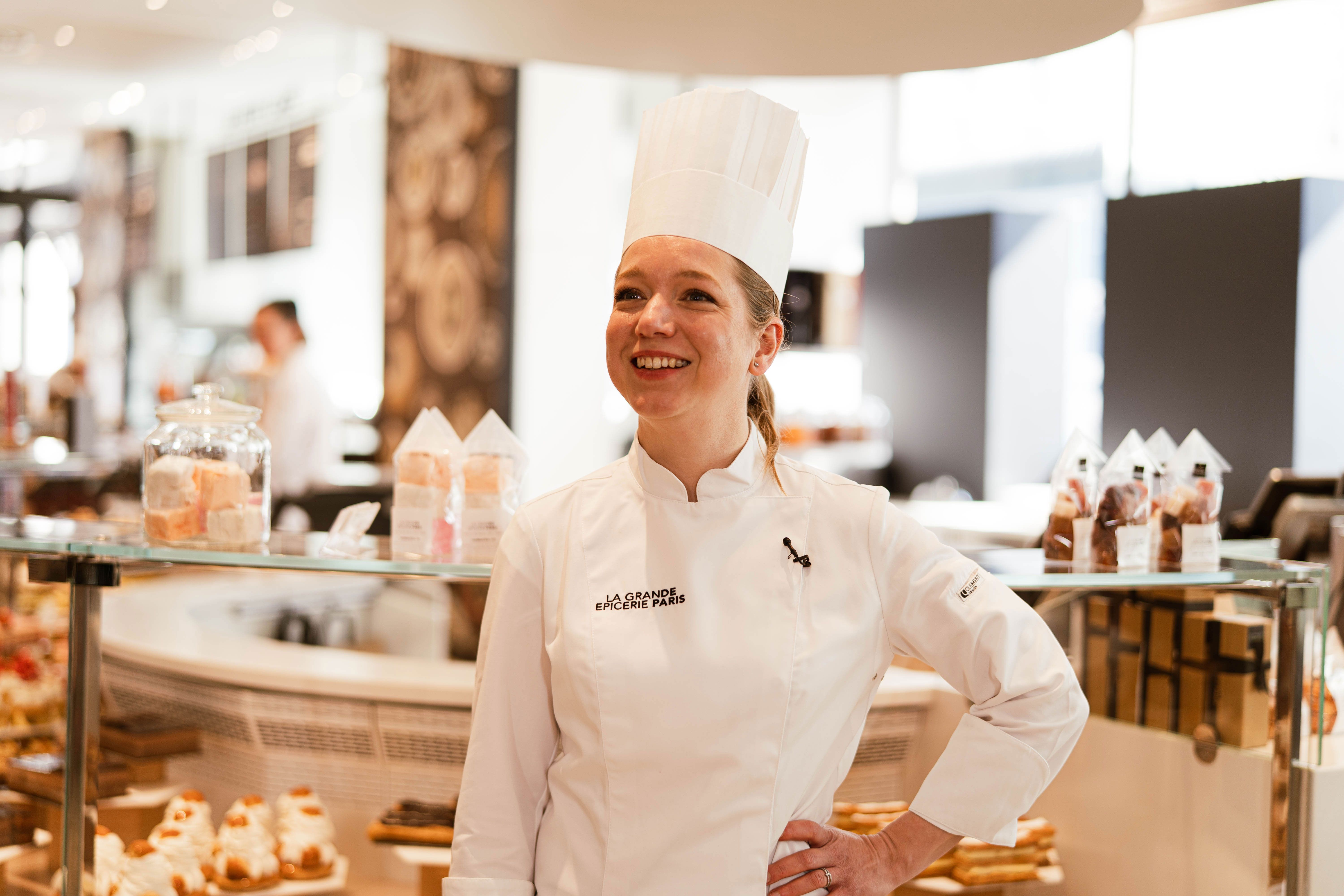
French pastry straddles tradition and innovation
Tradition does not mean resistance to change; quite the contrary. “Tradition and innovation have always co-existed in harmony”, insists the chef. The secret lies in finding the perfect balance between heritage and modernity. "While the art of pâtisserie draws upon a time-honoured philosophy of passing on skills and ancient heritage, it also finds freedom in modernity, embracing contemporary techniques and revisited presentations.” This respect for the past does not preclude openness to new expectations, as demonstrated by the growing focus on low-sugar and lighter desserts.
In short, French pastry is in a state of constant evolution, and according to chef Charlotte Toubeau, this reinvention is precisely the secret to its excellence.
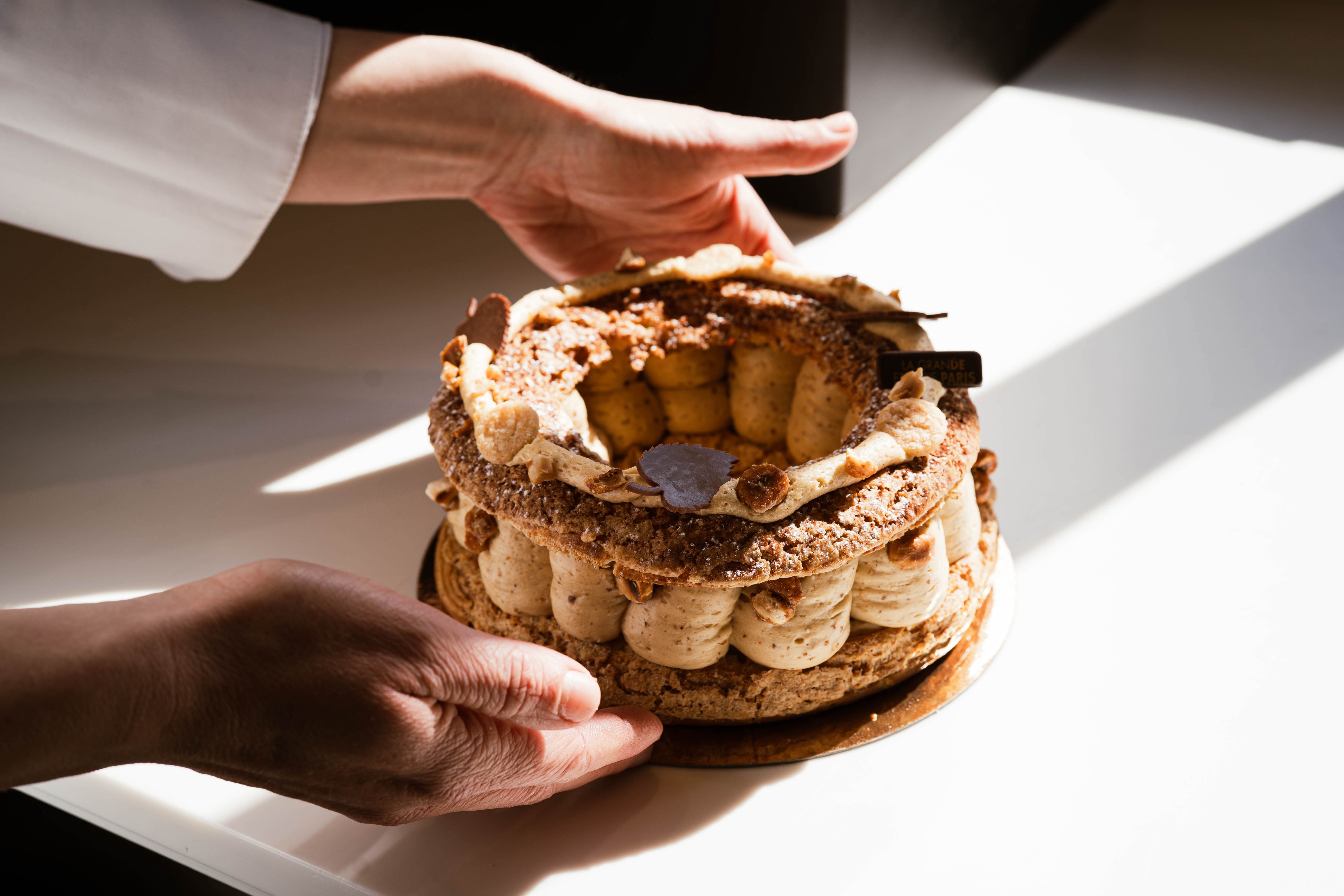
Everything you’ve ever wanted to know (but were too afraid to ask) about French pastry
What are the top three French pastries to sample first?
The Paris-Brest: a choux pastry with a praline cream filling, created as an homage to the cycling race of the same name.
The Millefeuille: a classic of French pâtisserie, with vanilla cream sandwiched between multiple layers of flaky puff pastry.

The Tarte Tatin: an iconic upside-down tart, with caramelised apples melting into a shortcrust pastry.
How do you choose a good French pastry?
Whether you’re in a famous Parisian institution or a little village boutique, make sure the chef is a skilled artisan carrying on the traditions of their craft. Check by looking closely at the display cases, and ask the staff if the pastries are made in-house with fresh ingredients. You can even ask about where the ingredients come from, and if the pastries are fresh from today. It’s not an exact science, but by doing so you’ll give yourself the best chance of avoiding disappointment.
What traps should people avoid when preparing to sample a French pastry?
Once you’re sure that you’ve found a proper chef making their pastries in-house, there’s one more (crucial) error to avoid: eating a pastry straight out of the fridge. For the best possible experience, wait for a few minutes – easier said than done, we know – as the cold can dull the flavours and alter the textures of the creams and pastries.

What’s the one French pastry you have to bring back from a trip to France as a gift?
It’s a tough choice, but if you want to delight your loved ones with products that will survive the trip, opt for cannelés, calissons, palets bretons, nougat, navettes or even madeleines – as long as they’re made by a true artisan, they’ll be a hit every time!

